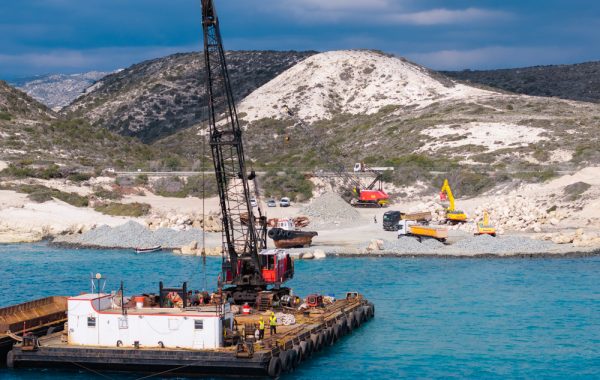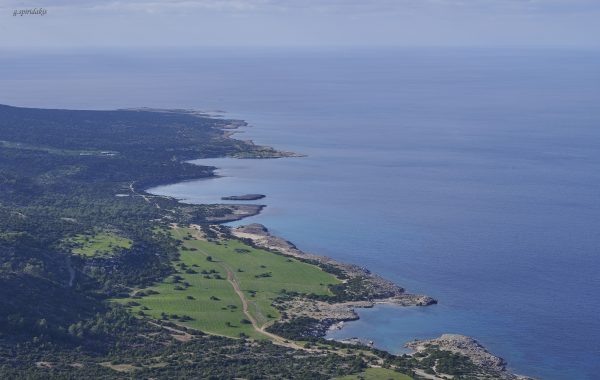On 16 June 2016, the European Commission announced the start of an infringement procedure against Poland relating to plans that would see an increase in logging in the Białowieża Forest – one of Europe’s largest expanses of primeval forest, and a Natura 2000 and UNESCO World Heritage Site.
The Commission’s decision to begin the infringement procedure was in response to a complaint filed by a coalition of seven environmental NGOs, including ClientEarth, WWF, Greenpeace and BirdLife Europe. This is the first step of a procedure that could result in Poland being taken to the European Court of Justice for breaching the EU Habitats Directive.
The environmental NGOs – reflecting the views of a large proportion of the Polish scientific community with expertise on forest biology and ecology – argue that logging at this scale would have a significant impact on the integrity of the site and be especially damaging for species dependent on dead wood, such as birds, insects, plants and fungi. It is estimated that around 50% of biodiversity within the Białowieża Forest is dependent on dead wood.
The NGOs call on the Polish Government to abide by the compromise reached in 2012 after the intervention of the European Commission, which had resulted in limiting logging to save the most valuable species and habitats, while enabling small-scale felling to provide wood for local people. The Polish government is expected to respond to the Commission within one month.
Habitat degradation and loss are the most serious threats that birds face. When decisions are made that affect important habitats, governments and decision-makers have the obligation to think and act for the long-term protection and benefit of nature and future generations. Parallels can be drawn between this case in Poland and Cyprus, where in addition to the natural threats that birds face, there are unfortunately many man-made threats such as big unsustainable developments and the recent fires, all in important areas that must be protected because of the habitats and species they host.




